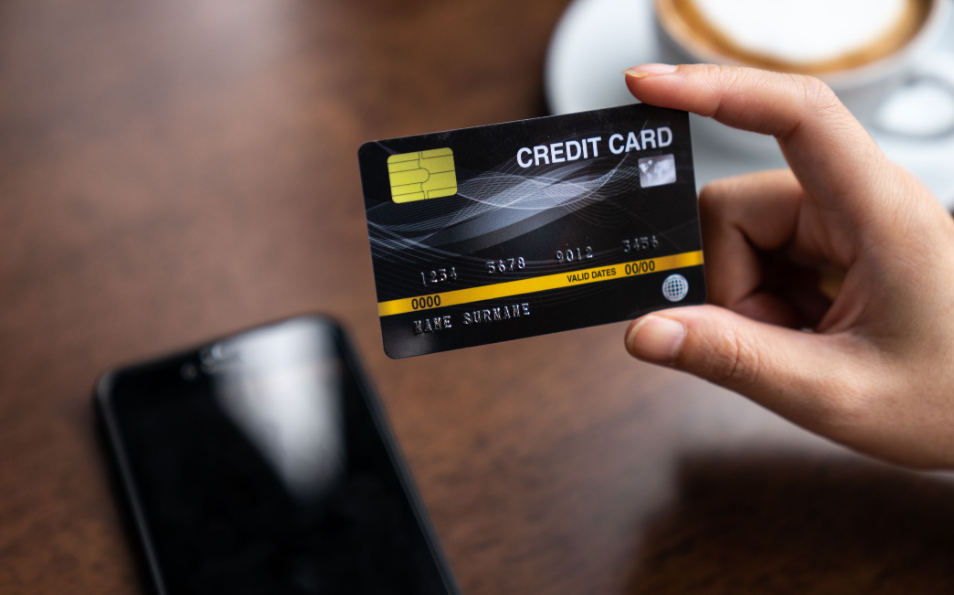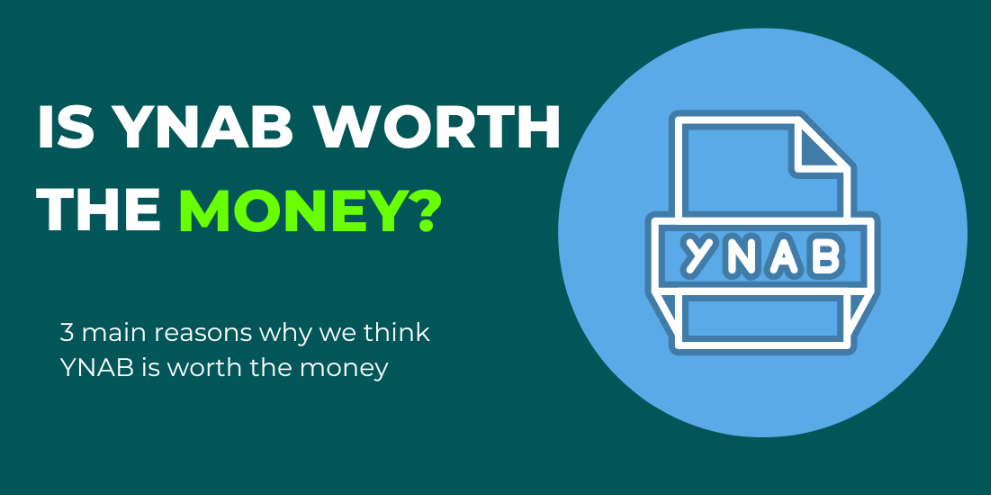How to get a secured credit card: Everything you need to know

Anúncios
In today’s world, a credit card is more than just a tool for making purchases; it’s an essential resource for building and managing your financial health.
For many people, especially those without credit or with low credit scores, getting approved for a traditional credit card can be difficult.
Anúncios
This is where the secured credit card comes in. Secured credit cards are an excellent way to establish or rebuild your credit while allowing you to make purchases and develop financial habits.
But how exactly can you get a secured credit card? What do you need to know before applying? Let’s explain below.
Anúncios
What is a secured credit card?
A secured credit card is a type of credit card that requires you to make a cash deposit as collateral.
This deposit serves as a security measure for the card issuer, ensuring they are protected in case you don’t pay the balance.
The amount you deposit becomes your credit limit, meaning if you deposit $500, your credit limit will typically be $500.
Secured cards work like regular credit cards — you can make purchases and will be required to make monthly payments.
However, the difference is the initial deposit, which makes this type of card more accessible for individuals with poor or no credit history.
Since secured credit cards are designed for people who are building or rebuilding their credit, they offer fewer features or rewards compared to traditional cards.
But the real benefit lies in the ability to help improve your credit score over time. As long as you make timely payments and keep your balance low, the card issuer will report your responsible behavior to credit bureaus, which can boost your credit score.

Who can use a secured credit card?
Secured credit cards are specifically designed for individuals who may not qualify for traditional, unsecured credit cards due to limited or poor credit history. They are ideal for:
- First-time credit card users: If you’re new to credit and don’t yet have a credit history, a secured credit card can help you build one from scratch.
- People with bad credit: If you’ve faced financial difficulties in the past, such as late payments or bankruptcy, a secured credit card offers the opportunity to rebuild your credit.
- Students and young adults: Many young people have limited credit history. A secured card allows them to establish credit while keeping the risk low for the lender.
- Recent immigrants: New residents in the U.S. often don’t have a credit history in the country, making it difficult to qualify for unsecured credit. A secured card helps them start building that credit.
It’s important to note that secured credit cards are widely available to a variety of user profiles.
The main requirement is that you can make the initial deposit, as it guarantees the credit line for the card issuer.
How to get a secured credit card
Getting a secured credit card isn’t complicated, but there are several steps you should follow to ensure you get the right card for your needs. Here’s how you can do it:
1. Research card options
The first step is to research different secured credit cards. Not all secured cards are the same—some may have higher fees, while others may offer better interest rates or credit-building features.
Start by comparing the terms, fees, and benefits offered by different issuers. Look for cards with low or no annual fees, competitive interest rates, and features that meet your needs, such as credit-building tools, access to your score, or rewards for responsible card use.
You can begin your search by visiting well-known financial institutions, such as Bank of America, Discover, or Capital One, as they often offer secured credit card options with favorable terms.
Be sure to read the fine print to understand all the costs associated with the card, such as late fees, annual fees, and foreign transaction fees.
2. Check your credit score
Although a secured credit card is designed for those with low or no credit, it’s still a good idea to check your current credit score before applying.
Knowing your score will give you an idea of your financial situation and can help you choose a secured card that’s more suitable for your reality.
You can get a free credit report from websites like AnnualCreditReport.com or use free credit score tools provided by major banks and credit agencies, such as Experian.
If your score is particularly low, focusing on improving it before applying for a secured credit card may help you get better terms.
For example, paying off existing debts or disputing errors on your credit report can increase your chances of approval for a card with a lower interest rate or a higher credit limit.
3. Review card features and benefits
Not all secured credit cards offer the same benefits, so it’s important to review the card’s features before signing up.
Some cards offer tools to help you track your credit-building progress, such as free access to your credit score or tips for improving your credit.
Others may even offer a path to upgrade to an unsecured card after demonstrating responsible card use over time.
Additionally, check if the card reports information to the three major credit bureaus—Experian, Equifax, and TransUnion.
Since the goal of a secured credit card is to build or rebuild credit, it’s important that your payment history is reported to these bureaus so that it positively contributes to your credit score.
4. Apply for the card
After choosing the right secured credit card for your needs, it’s time to apply to become a user. The application process is simple and can be done online.
You’ll need to provide some basic information, such as your name, address, Social Security number, and employment details. You’ll also be required to provide the deposit, which guarantees the credit line for the requested card.
Most issuers will allow you to fund your deposit using a debit card, electronic bank transfer, or by mailing a check.
Remember that the amount you deposit usually becomes your credit limit, so if you want a higher limit, you’ll need to provide a larger deposit.
5. Make your deposit
The final step is to make your deposit.
The deposit may be refundable, meaning that after you demonstrate responsible use of the card and your credit score improves, the issuer will refund your deposit and offer an upgrade to an unsecured card.
Be sure to clarify with the card issuer under what circumstances you can receive your deposit back. After making the deposit, you’ll receive your secured credit card in the mail.
From there, you can start using it just like any other credit card, making purchases and paying the balance monthly.

Can you use a secured credit card to build credit?
Yes, absolutely. One of the main reasons people get secured credit cards is to build or rebuild their credit.
When you use a secured credit card responsibly — making timely payments and keeping your balance low — you gradually improve your credit score.
Over time, consistent and positive behaviors will be reported to credit bureaus, which can help you qualify for better financial products, such as unsecured credit cards or loans with favorable terms.
To maximize the credit-building potential of your secured credit card, follow these tips:
- Pay your balance on time: On-time payments are one of the biggest factors affecting your credit score. Be sure to pay at least the minimum amount due by the due date each month.
- Keep your balance low: Try to use less than 30% of your credit limit. This shows creditors that you are managing your credit responsibly and can help improve your credit score.
- Monitor your credit score: Track your credit progress by regularly checking your credit score. Many secured credit cards offer free access to your credit score so you can see how your responsible behavior is paying off.
By following these steps, you can use a secured credit card as a stepping stone to better financial health and eventually qualify for an unsecured card or other types of credit.
Did you learn more with these secured credit card tips? Take advantage of them to keep making improvements in your financial life.
We hope you enjoyed the content! Keep following our site for more information.
Looking for a suggestion? Also, read our content about how business credit scores work!





